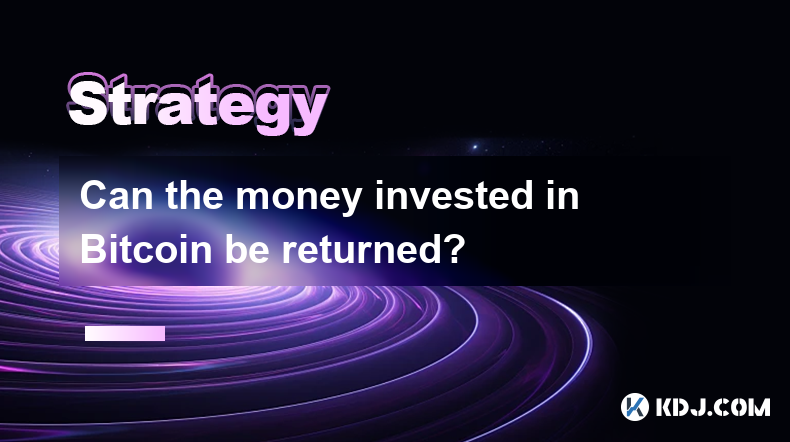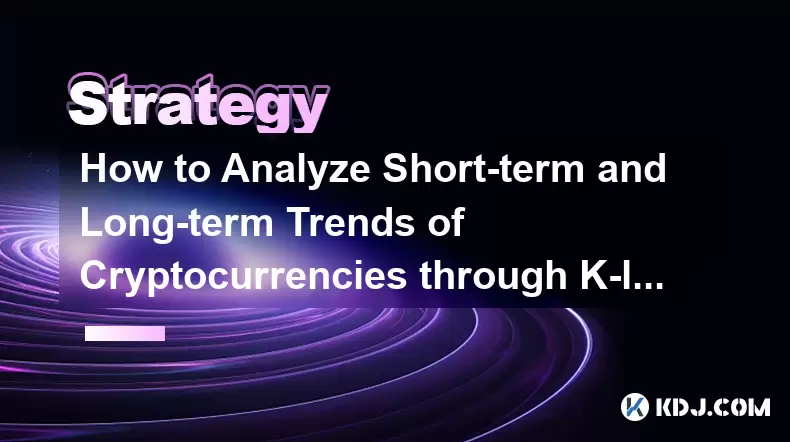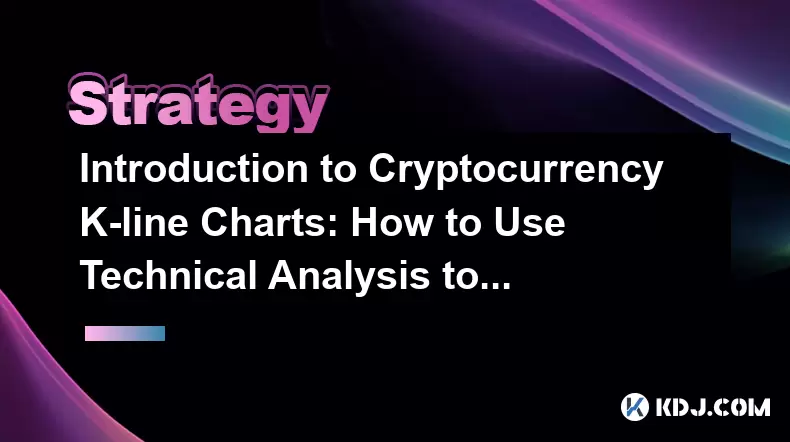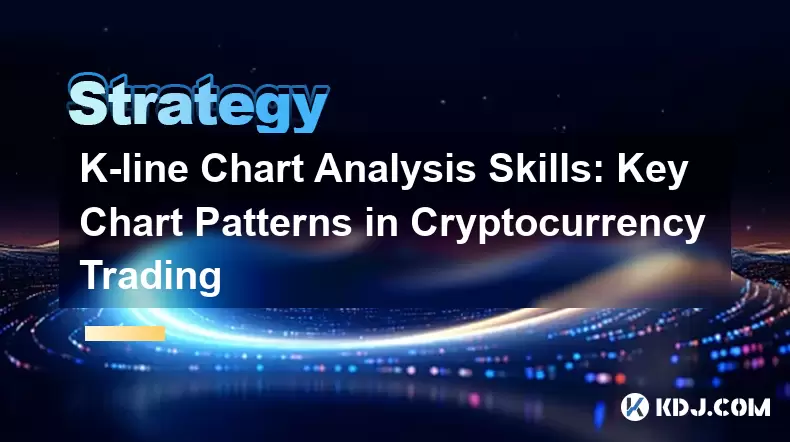-
 Bitcoin
Bitcoin $105,113.3912
0.12% -
 Ethereum
Ethereum $2,520.6048
-0.46% -
 Tether USDt
Tether USDt $1.0003
-0.01% -
 XRP
XRP $2.1608
-0.42% -
 BNB
BNB $649.3011
-0.11% -
 Solana
Solana $146.8412
0.91% -
 USDC
USDC $1.0000
0.00% -
 Dogecoin
Dogecoin $0.1743
-1.62% -
 TRON
TRON $0.2725
1.04% -
 Cardano
Cardano $0.6273
-1.01% -
 Hyperliquid
Hyperliquid $40.2681
-1.43% -
 Sui
Sui $2.9603
-1.38% -
 Bitcoin Cash
Bitcoin Cash $443.6439
1.95% -
 Chainlink
Chainlink $13.0988
-0.14% -
 UNUS SED LEO
UNUS SED LEO $9.2161
1.61% -
 Stellar
Stellar $0.2571
-0.70% -
 Avalanche
Avalanche $18.9812
-0.36% -
 Toncoin
Toncoin $2.9584
-1.37% -
 Shiba Inu
Shiba Inu $0.0...01194
-1.68% -
 Litecoin
Litecoin $85.5083
-0.49% -
 Hedera
Hedera $0.1528
-3.98% -
 Polkadot
Polkadot $3.7835
-0.32% -
 Ethena USDe
Ethena USDe $1.0001
-0.04% -
 Monero
Monero $318.3484
1.90% -
 Dai
Dai $1.0000
0.00% -
 Bitget Token
Bitget Token $4.5129
-0.71% -
 Pepe
Pepe $0.0...01115
0.72% -
 Uniswap
Uniswap $7.1870
-1.31% -
 Pi
Pi $0.6066
2.70% -
 Aave
Aave $276.6237
0.39%
Can the money invested in Bitcoin be returned?
Recovering Bitcoin investments is a complex and challenging process that depends on market dynamics, investment strategies, and individual risk tolerance in a highly volatile asset class.
Jan 08, 2025 at 05:37 am

Key Points:
- Determining the potential for Bitcoin investment returns
- Understanding market factors influencing Bitcoin's value
- Exploring strategies to maximize investment returns
- Mitigating risks and protecting investments
- Assessing the nature of Bitcoin as a high-volatility asset
Can Invested Bitcoin Funds Be Recovered?
The potential for recovering invested Bitcoin funds hinges upon a complex interplay of market dynamics, individual investment strategies, and risk tolerance. While Bitcoin's historical volatility has led to substantial gains for early adopters, it also poses significant risks of losses.
Factors Influencing Bitcoin's Value:
- Market Demand and Supply: Bitcoin's limited issuance rate and community adoption influence its demand and scarcity. High demand pushes up prices, while increased issuance could temper price growth.
- Economic and Geopolitical Factors: Macroeconomic indicators, global events, and regulatory policies can impact Bitcoin's perceived value as a safe haven or speculative asset.
- Technological Innovation and Infrastructure: Advancements in blockchain technology, scaling solutions, and institutional adoption can enhance Bitcoin's utility and desirability.
- Sentiment and Media Coverage: Positive or negative sentiment in the media, social media, and the broader cryptocurrency community can sway public perception and influence prices.
Strategies for Maximizing Returns:
- Dollar-Cost Averaging: Investing fixed amounts periodically minimizes the impact of volatility and reduces risk compared to lump-sum investments.
- Rebalancing and Profit Taking: Regularly adjusting portfolio allocations to maintain a desired balance between Bitcoin and other assets helps capture potential gains and mitigate risks.
- Active Trading: Experienced traders may engage in short-term trading strategies to capitalize on price fluctuations, utilizing technical analysis and market insights.
- Hodling and Patience: Long-term investors often adopt a "buy and hold" strategy, believing in Bitcoin's long-term potential and weathering short-term fluctuations.
Mitigating Risks:
- Understanding Volatility: Bitcoin's high volatility is an inherent characteristic that investors must acknowledge and prepare for. Setting realistic expectations and tolerating price fluctuations are crucial.
- Asset Diversification: Allocating investments across different asset classes, such as stocks, bonds, and real estate, helps reduce portfolio risk and smooth out returns.
- Secure Storage: Protecting Bitcoin assets in secure wallets and exchanges minimizes the risk of theft or unauthorized access.
- Exemption from Insurance: Bitcoin is generally not covered by traditional insurance policies, emphasizing the importance of due diligence and personal responsibility.
Nature of Bitcoin as a High-Volatility Asset:
- Extreme Price Fluctuations: Bitcoin's value can experience rapid and significant increases or decreases, offering both potential gains and risks of substantial losses.
- Market Manipulation and Volatility Sparks: Large transactions or coordinated efforts by groups or individuals can trigger price spikes or declines.
- FOMO and FUD: Emotional investing driven by fear of missing out (FOMO) or fear, uncertainty, and doubt (FUD) can intensify market volatility.
FAQs:
Q: What are some tips for recovering Bitcoin investments during a downturn?
- Maintain a long-term perspective and avoid panic selling.
- Consider dollar-cost averaging or rebalancing to minimize losses and capture potential recoveries.
- Diversify investments across different assets to reduce overall portfolio risk.
Q: How can I protect my Bitcoin investments?
- Utilize secure wallets and exchanges for storage.
- Enable two-factor authentication and regularly monitor account activity.
- Consider hardware wallets for offline storage of large amounts of Bitcoin.
Q: What are the potential risks of investing in Bitcoin?
- High volatility and the possibility of substantial losses.
- Market manipulation and fraud risks.
- Regulatory uncertainty and potential restrictions.
Disclaimer:info@kdj.com
The information provided is not trading advice. kdj.com does not assume any responsibility for any investments made based on the information provided in this article. Cryptocurrencies are highly volatile and it is highly recommended that you invest with caution after thorough research!
If you believe that the content used on this website infringes your copyright, please contact us immediately (info@kdj.com) and we will delete it promptly.
- Bitcoin Charges Toward 100K
- 2025-06-15 20:35:12
- DeXe [DEXE] has been strained in recent weeks.
- 2025-06-15 20:35:12
- Monero (XMR) Surges 50% to $317 as This New Meme Coin Promises Even Bigger Gains
- 2025-06-15 20:30:12
- Bitcoin Needs to Hit $171,000 for Realized Price Model to Match Previous Cycle Peaks
- 2025-06-15 20:30:12
- US SEC Ends Investigation into PayPal's PYUSD Stablecoin
- 2025-06-15 20:25:14
- Ethereum Dips Below $1800 as Market Hesitation Sets In
- 2025-06-15 20:25:14
Related knowledge

Cryptocurrency K-line chart technical analysis manual: Learn these methods to increase your chances of making a profit
Jun 11,2025 at 11:21pm
Understanding the Basics of K-line ChartsK-line charts, also known as candlestick charts, are one of the most widely used tools in cryptocurrency trading. Each K-line represents a specific time period and provides information about the open, high, low, and close prices during that interval. The body of the candle shows the relationship between the openi...

The Importance of K-line Chart Analysis in Cryptocurrency Trading: From Theory to Practical Cases
Jun 11,2025 at 04:56pm
Understanding the Basics of K-line ChartsK-line charts, also known as candlestick charts, are a visual representation of price movements over specific time intervals. Each K-line encapsulates four critical data points: the opening price, closing price, highest price, and lowest price within a given timeframe. These charts originated in Japan during the ...

Cryptocurrency K-line Chart Interpretation Guide: How Novices Can Quickly Master the Basics of Technical Analysis
Jun 10,2025 at 08:56pm
Understanding the Basics of K-line ChartsK-line charts, also known as candlestick charts, are one of the most widely used tools in cryptocurrency trading for analyzing price movements. Each K-line represents a specific time period and shows the opening, closing, high, and low prices during that interval. For novices, grasping how to read these elements ...

How to Analyze Short-term and Long-term Trends of Cryptocurrencies through K-line Charts: A Complete Guide
Jun 15,2025 at 12:49pm
Understanding the Basics of K-line ChartsK-line charts, also known as candlestick charts, are essential tools used in cryptocurrency trading to visualize price movements over time. Each candlestick represents a specific time interval and contains four key data points: open, high, low, and close. The body of the candle shows the range between the opening...

Introduction to Cryptocurrency K-line Charts: How to Use Technical Analysis to Optimize Trading Decisions
Jun 12,2025 at 03:56pm
Understanding the Basics of K-line ChartsK-line charts, also known as candlestick charts, are one of the most essential tools used in cryptocurrency trading. Originating from Japan, these charts visually represent price movements over specific time intervals. Each candlestick displays four key pieces of information: the opening price, closing price, hig...

K-line Chart Analysis Skills: Key Chart Patterns in Cryptocurrency Trading
Jun 13,2025 at 10:21am
Understanding the Basics of K-line Charts in Cryptocurrency TradingK-line charts, also known as candlestick charts, are essential tools for analyzing price movements in cryptocurrency markets. Each candlestick represents a specific time frame and provides information about the open, high, low, and close (OHLC) prices during that period. In crypto tradin...

Cryptocurrency K-line chart technical analysis manual: Learn these methods to increase your chances of making a profit
Jun 11,2025 at 11:21pm
Understanding the Basics of K-line ChartsK-line charts, also known as candlestick charts, are one of the most widely used tools in cryptocurrency trading. Each K-line represents a specific time period and provides information about the open, high, low, and close prices during that interval. The body of the candle shows the relationship between the openi...

The Importance of K-line Chart Analysis in Cryptocurrency Trading: From Theory to Practical Cases
Jun 11,2025 at 04:56pm
Understanding the Basics of K-line ChartsK-line charts, also known as candlestick charts, are a visual representation of price movements over specific time intervals. Each K-line encapsulates four critical data points: the opening price, closing price, highest price, and lowest price within a given timeframe. These charts originated in Japan during the ...

Cryptocurrency K-line Chart Interpretation Guide: How Novices Can Quickly Master the Basics of Technical Analysis
Jun 10,2025 at 08:56pm
Understanding the Basics of K-line ChartsK-line charts, also known as candlestick charts, are one of the most widely used tools in cryptocurrency trading for analyzing price movements. Each K-line represents a specific time period and shows the opening, closing, high, and low prices during that interval. For novices, grasping how to read these elements ...

How to Analyze Short-term and Long-term Trends of Cryptocurrencies through K-line Charts: A Complete Guide
Jun 15,2025 at 12:49pm
Understanding the Basics of K-line ChartsK-line charts, also known as candlestick charts, are essential tools used in cryptocurrency trading to visualize price movements over time. Each candlestick represents a specific time interval and contains four key data points: open, high, low, and close. The body of the candle shows the range between the opening...

Introduction to Cryptocurrency K-line Charts: How to Use Technical Analysis to Optimize Trading Decisions
Jun 12,2025 at 03:56pm
Understanding the Basics of K-line ChartsK-line charts, also known as candlestick charts, are one of the most essential tools used in cryptocurrency trading. Originating from Japan, these charts visually represent price movements over specific time intervals. Each candlestick displays four key pieces of information: the opening price, closing price, hig...

K-line Chart Analysis Skills: Key Chart Patterns in Cryptocurrency Trading
Jun 13,2025 at 10:21am
Understanding the Basics of K-line Charts in Cryptocurrency TradingK-line charts, also known as candlestick charts, are essential tools for analyzing price movements in cryptocurrency markets. Each candlestick represents a specific time frame and provides information about the open, high, low, and close (OHLC) prices during that period. In crypto tradin...
See all articles

























































































